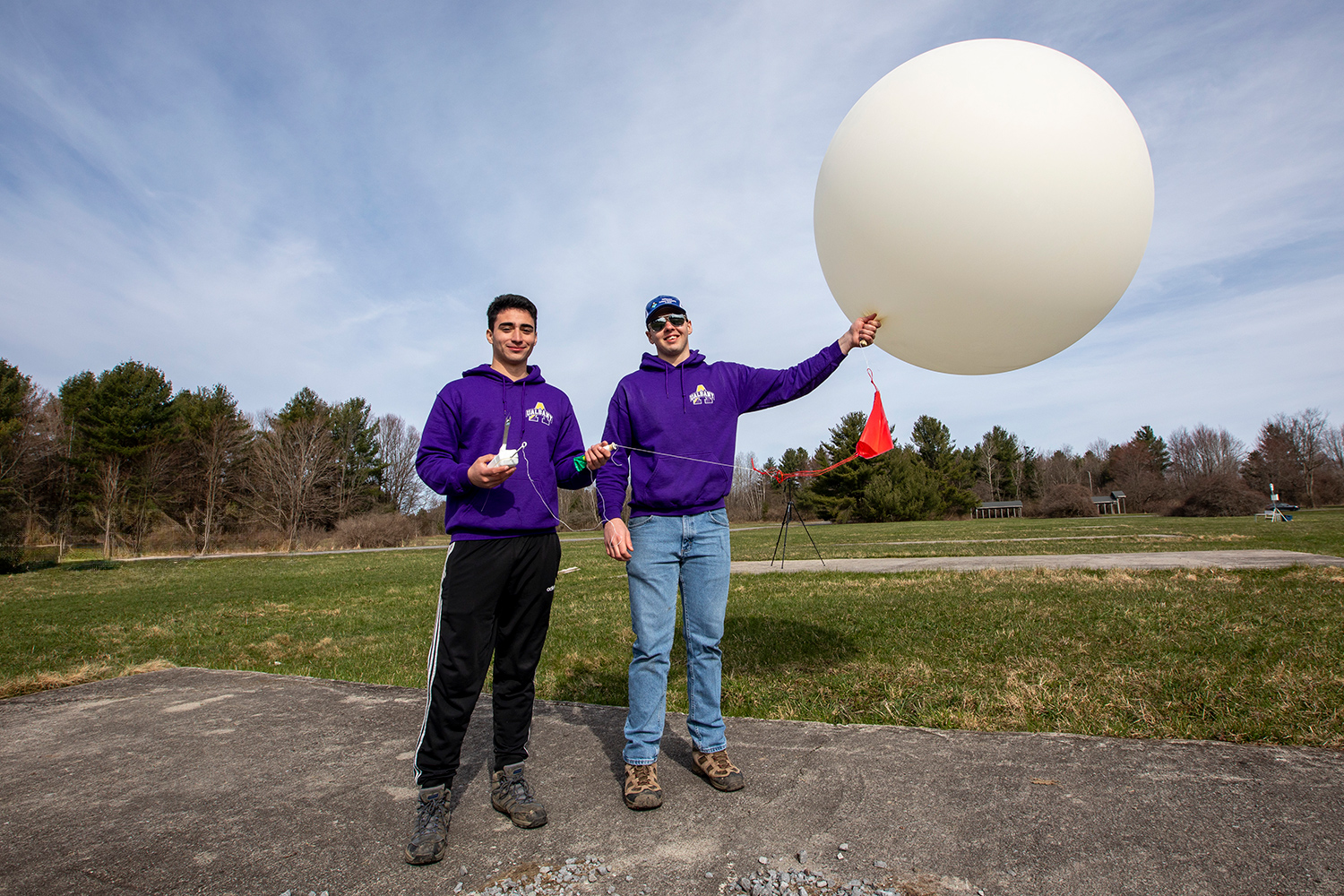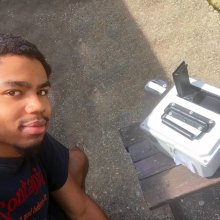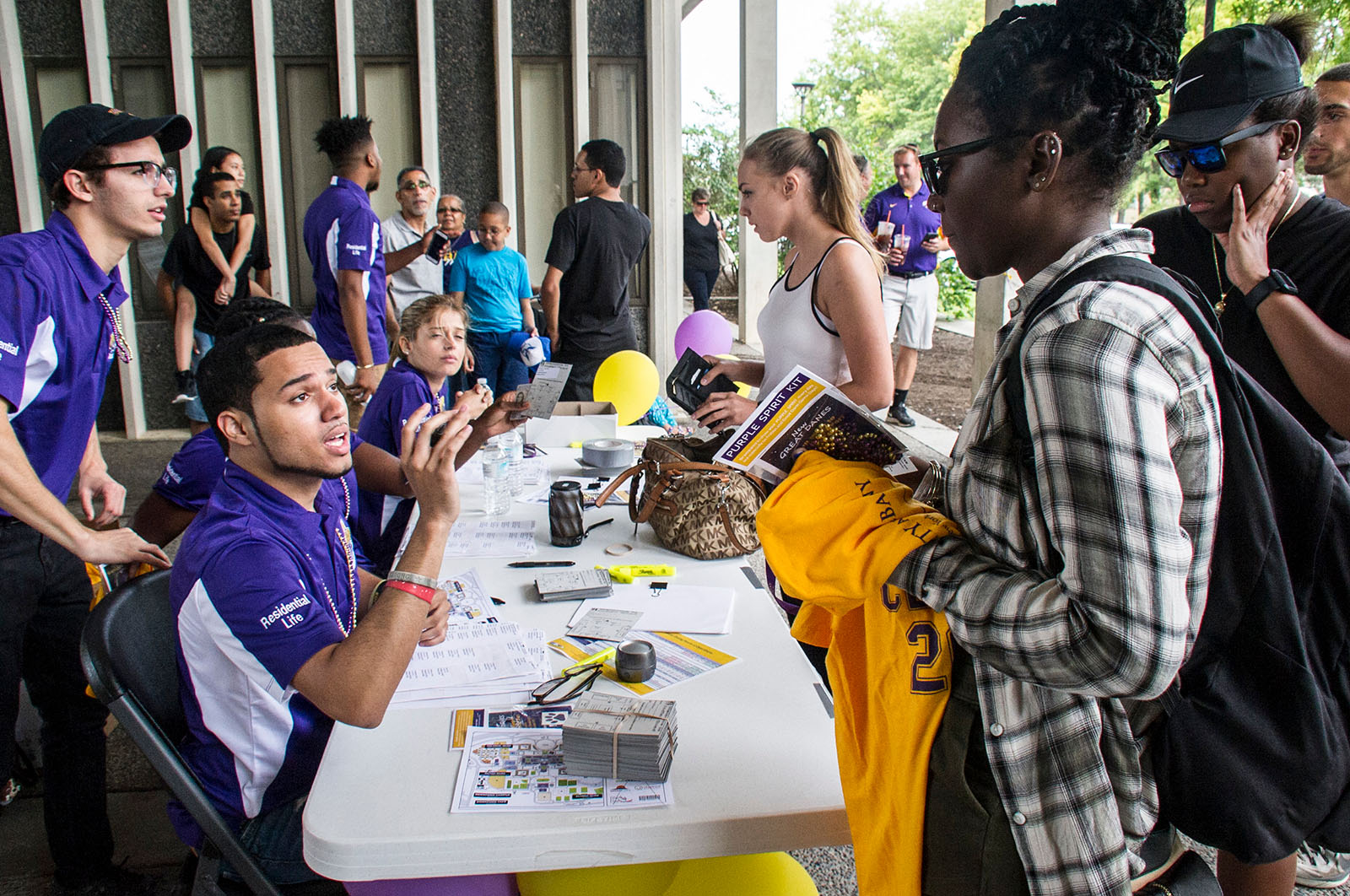If you’re interested in pursuing research, you can come up with your own project idea and speak to a faculty member about overseeing the project. Alternatively, you are welcome to approach a faculty member whose research interests match yours. A project can be developed if the professor has time to dedicate to working with you in the given semester. One to three credits of ATM 497 (independent study) or three credits of ATM 499 (Honors research) can be taken and used towards atmospheric science major elective requirements.
Dr. Lance F. Bosart
My interests are in convective scale weather systems (e.g., derechos and convectively driven vortices), mesoscale weather systems (e.g., intense frontal systems and lake- and ocean-effect snowstorms), middle latitude synoptic-scale weather systems (e.g., cyclones and anticyclones), tropical weather systems (e.g., hurricanes and organized rainstorms), large-scale weather systems (e.g., atmospheric blocking and continental weather systems), and planetary-scale teleconnections (e.g., the Arctic Oscillation and the Pacific-North American pattern).
Dr. Kristen Corbosiero
My research interests are the structure and intensity change of tropical cyclones. I have worked on projects involving the rapid intensification of tropical cyclones, lightning in hurricanes, and the origins of tropical cyclone trains with undergraduate students. I am interested in continuing these projects with interested students, as well as those concerning lightning more broadly.
Dr. Robert Fovell
My research focus is on numerical weather prediction (NWP) and mesoscale dynamics. I use NWP models to understand the dynamics of hurricanes, thunderstorms and windstorms. I am interested in identifying, understanding and mitigating model forecast errors.
Dr. Daniel Keyser
My research specializations are synoptic-dynamic and mesoscale meteorology. I am interested in designing and advising research projects concerned with the diagnostic application of selected equations from dynamic meteorology to midlatitude weather systems, including fronts, jets, extratropical cyclones and baroclinic waves. Individual projects will be designed to appeal to undergraduate atmospheric science majors with a strong interest in applying concepts learned and technical skills developed in their mathematics, computer science and atmospheric dynamics courses to visualize and interpret the structure and evolution of midlatitude weather systems. Projects will be conducted using numerical representations of weather systems in reanalysis and forecast datasets.
Dr. Andrea Lang
My research focuses on understanding the linkages between synoptic scale weather systems and variability in the stratosphere. My work mainly focuses on the cool-season and involves understanding the role of the stratosphere in sub-seasonal forecasting.
Ross Lazear
My research interests are in the analysis and predictability of synoptic- and mesoscale phenomena. With students, I’ve worked on case studies and climatologies of midlatitude weather phenomena (e.g., tornadoes, squall lines and lake-effect snow). I would be happy to work with a student on any of these subjects.
Dr. Justin Minder
My research interests include mesoscale meteorology, mountain weather and climate, regional climate change, lake-effect snow and environmental issues in the Adirondack Mountains. I am open to working with student interested in studying any of these topics. My research approach uses a combination of mesoscale models, fundamental theory, and data from radars, research aircraft, surface mesonets and satellites.
Dr. Sujata Murty
My research interests are in examining climate and ocean dynamics of the past, present and future using corals, observations and models. I use coral paleoclimate records to examine changes in climate and ocean circulation over the past few centuries. I then synthesize these coral records with high-resolution ocean models and coupled climate model simulations to understand the mechanisms driving changes in climate and ocean systems. I am open to working with students on coral paleoclimate reconstructions, analyzing model simulations or a synthesis of both.
Dr. Brian Tang
My primary research interests are in tropical cyclones and severe weather. Possible research topics include case analyses of extreme events and climatological analyses of environmental parameters that affect tropical cyclones and severe weather.
Dr. Oliver Elison Timm
My research interests are in paleoclimate dynamics and future climate change studies. Most of my paleoclimate research concentrates on the glacial cycles in the Quaternary period. I am also conducting research on the Holocene epoch (the last 11,700 years). In paleoclimate research I conduct climate model experiments, analyze existing paleoclimate model simulations and compare the model simulations with paleoclimatic proxy data archives in order gain better insight into past climate variability.
My interest in future climate change research is concentrating on the regional impacts of climate change, particularly on scales and processes not resolved by the global climate models. In this type of research I am using statistical downscaling methods to refine the coarse-resolution climate model output to scales relevant for stakeholders and decision-makers.
Dr. Ryan Torn
My research interests are in synoptic and mesoscale dynamics, predictability and data assimilation. With students, I have worked on case studies to understand why the atmosphere is less predictable and what dynamics are responsible for the lack of predictability. I am open to working with students in any of these areas.
Dr. June Wang
My research interests are in creation and analysis of climate datasets to study climate changes and variability, Mesonet data quality assurance and analysis, In-situ sounding data quality and technologies, Global Navigation Satellite Systems (GNSS) measurements and their application to weather and climate studies. I would work with students on using New York State Mesonet Data to analyze special weather events and study climate variability in NYS and investigating data quality and instrument issues.
Dr. Liming Zhou
My research interests are in the understanding of land-human-climate interactions through a synthetic analysis of surface observations and remotely sensed data with climate modeling. Land surface processes related to land cover/land use change such as deforestation, urbanization, desertification and renewable energy are my emphases. My latest research projects are focused on environmental impacts of operating wind farms, drought impacts on tropical rainforests and consequences of global warming on arid and semi-arid ecosystems.











